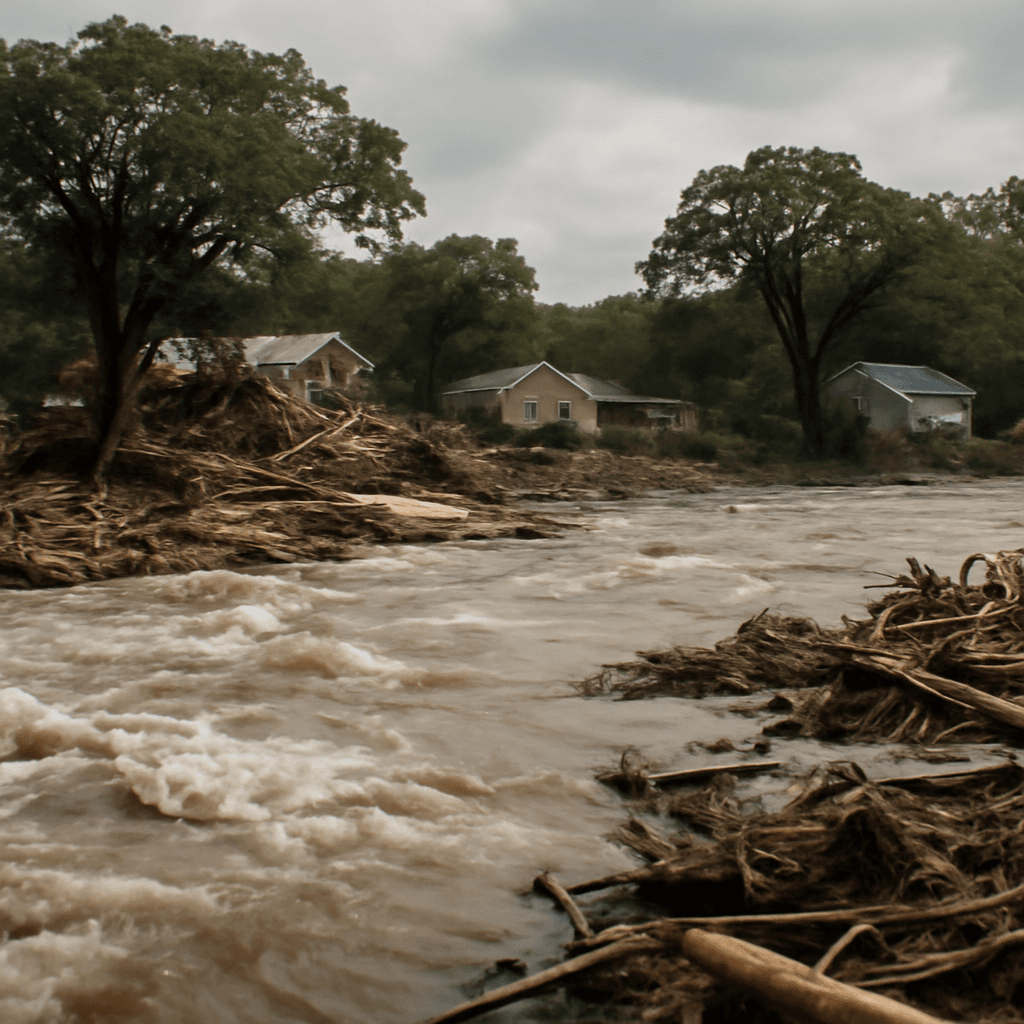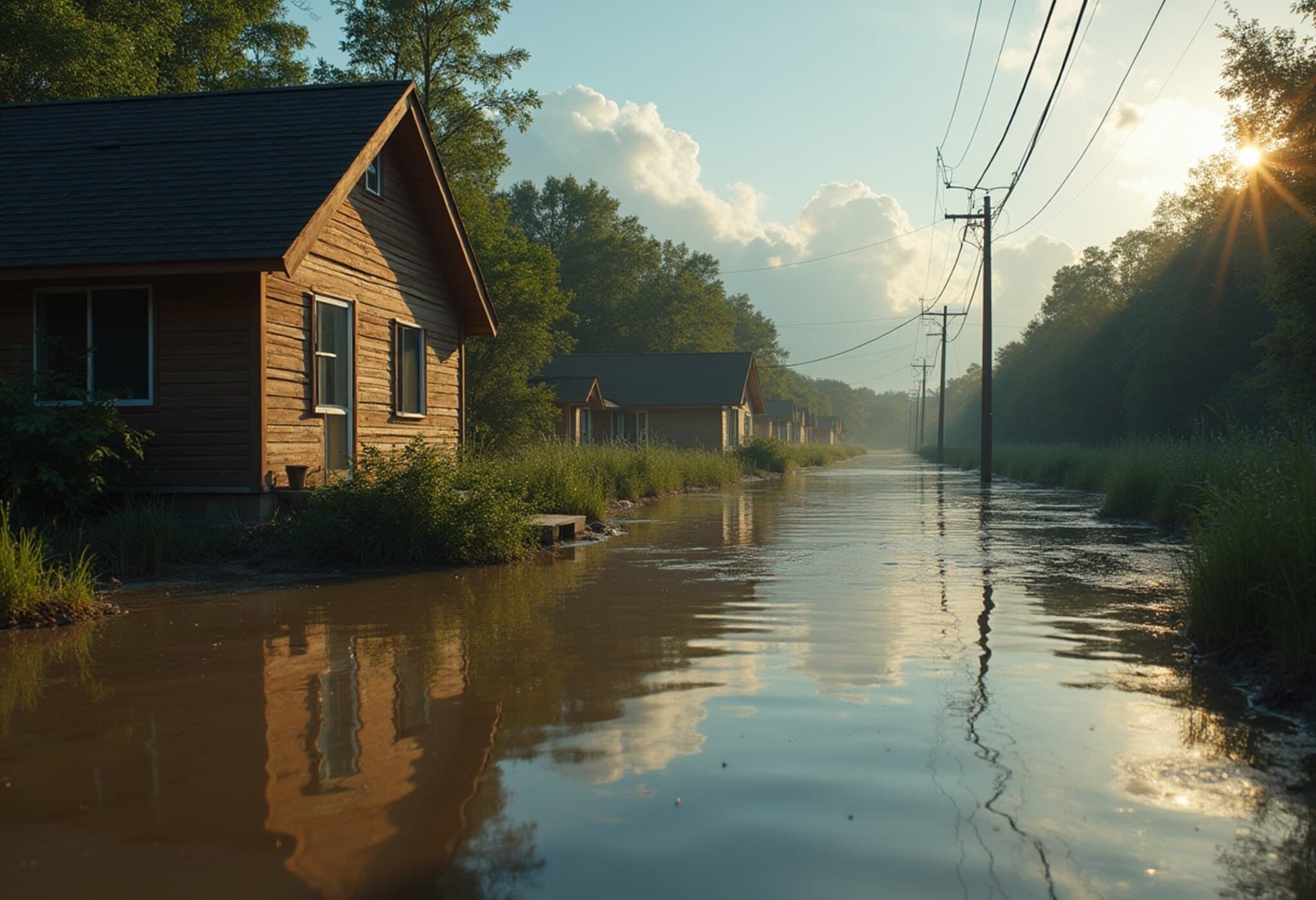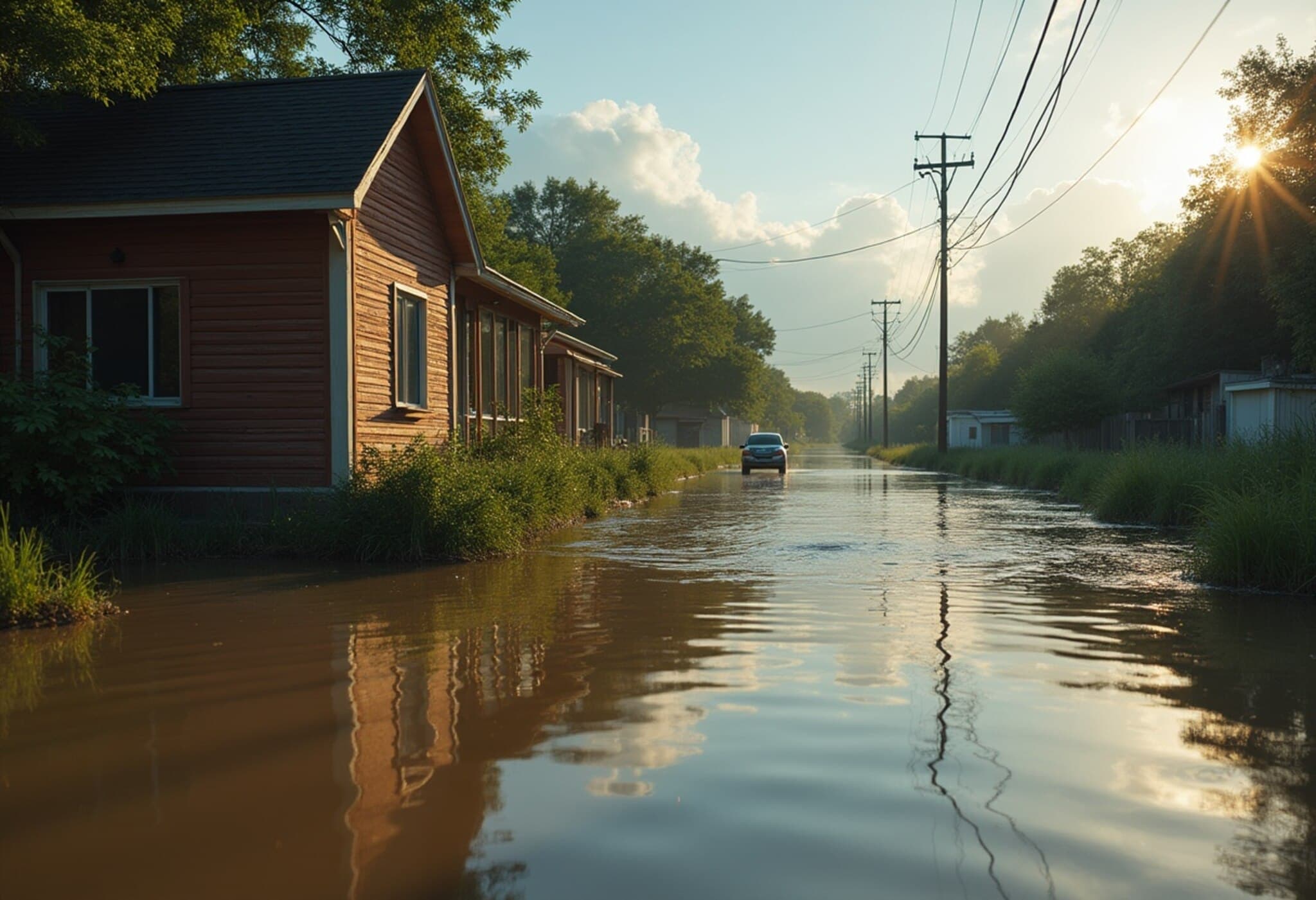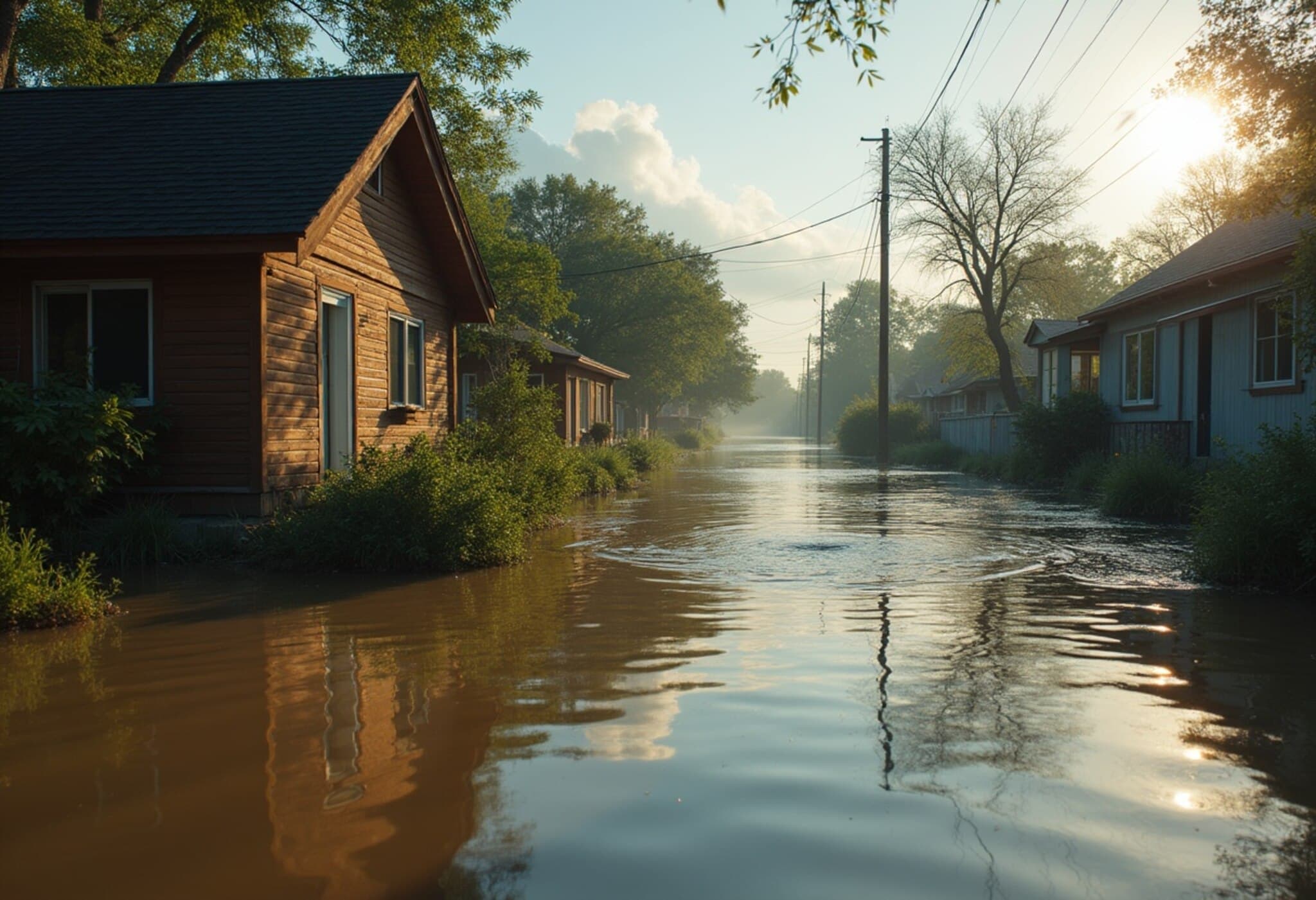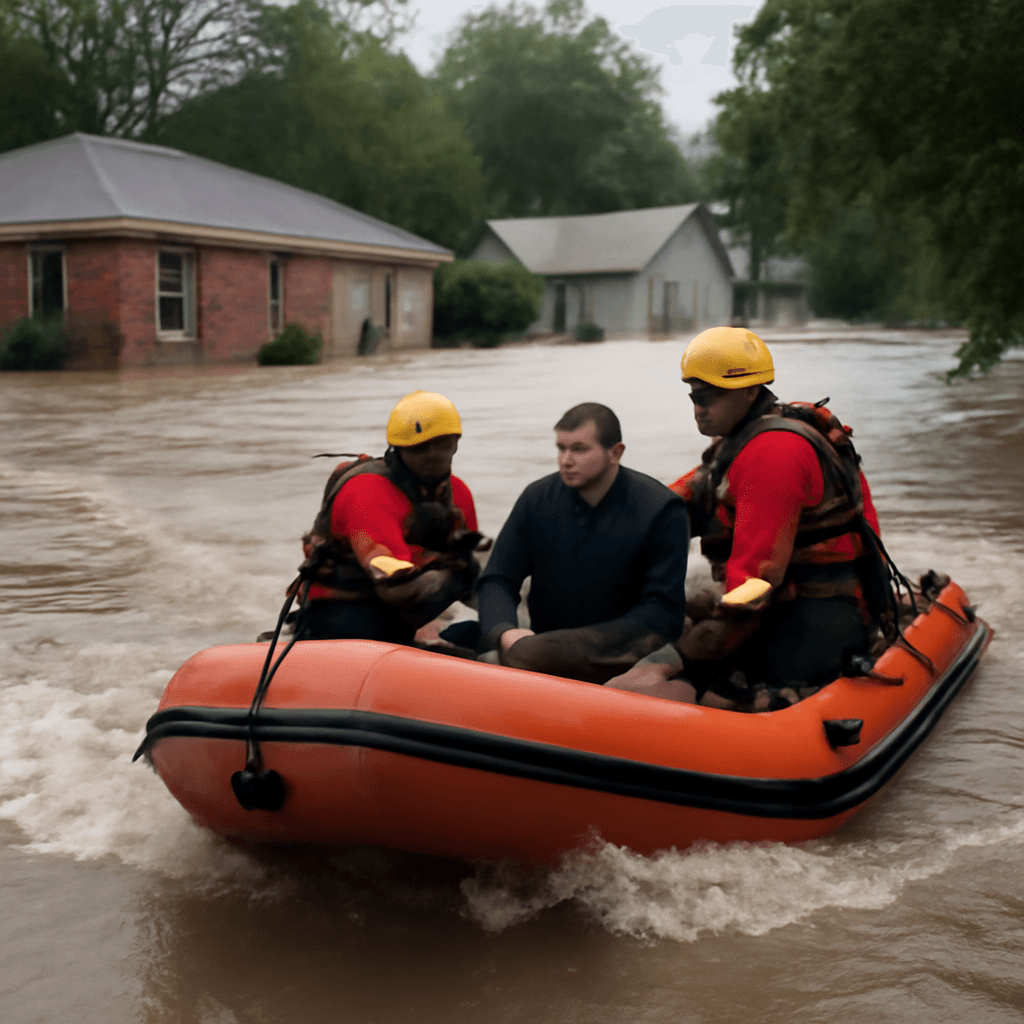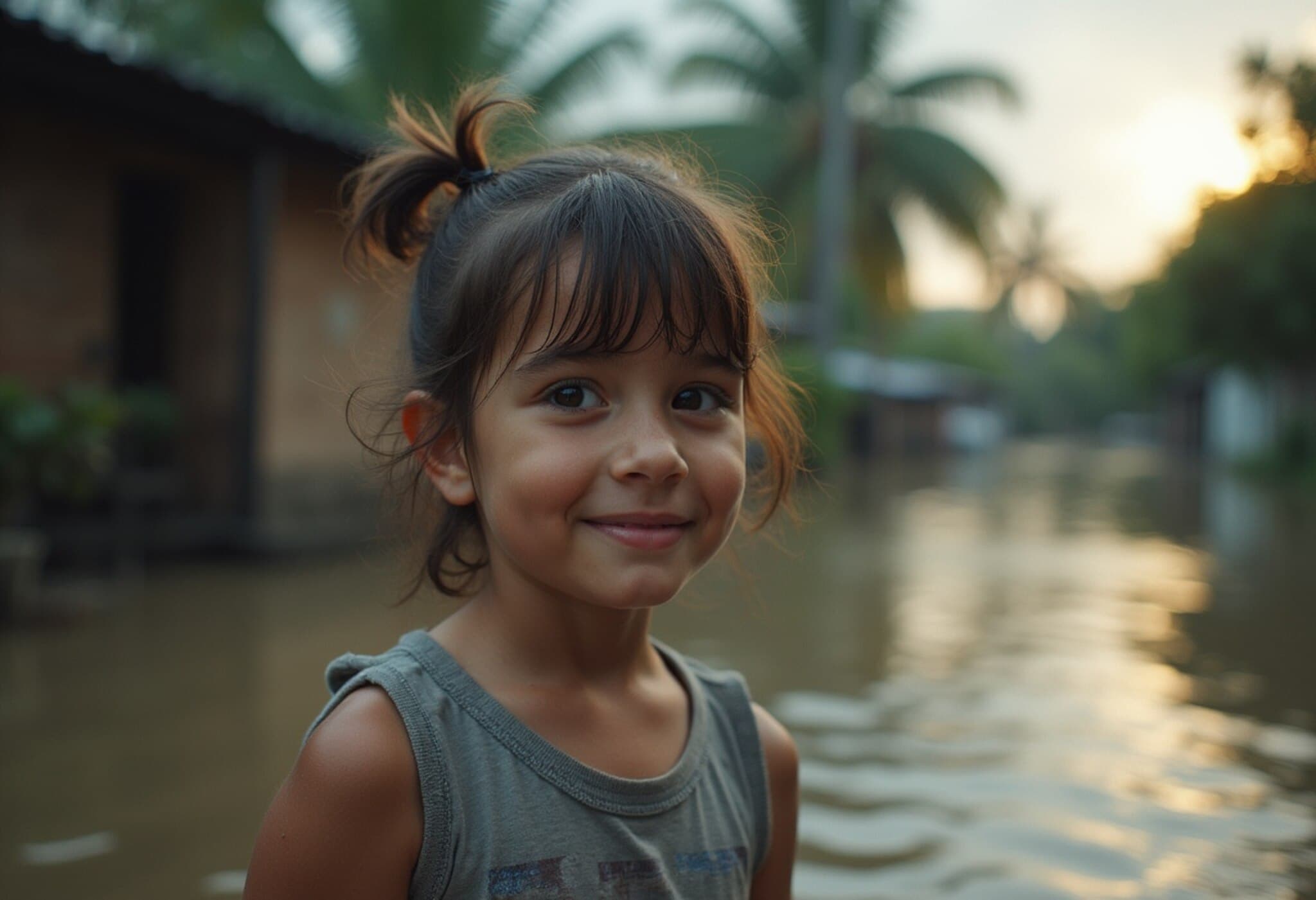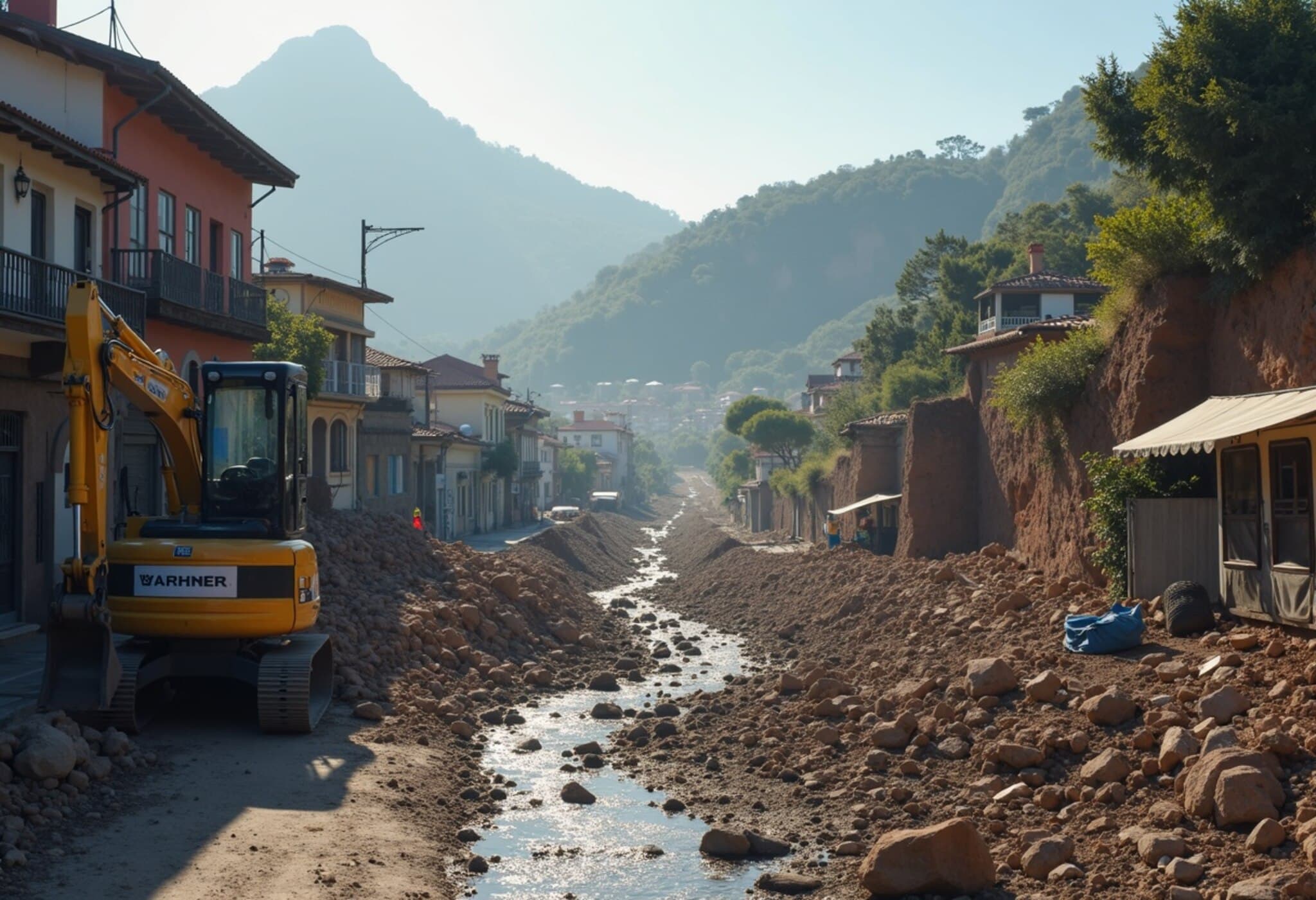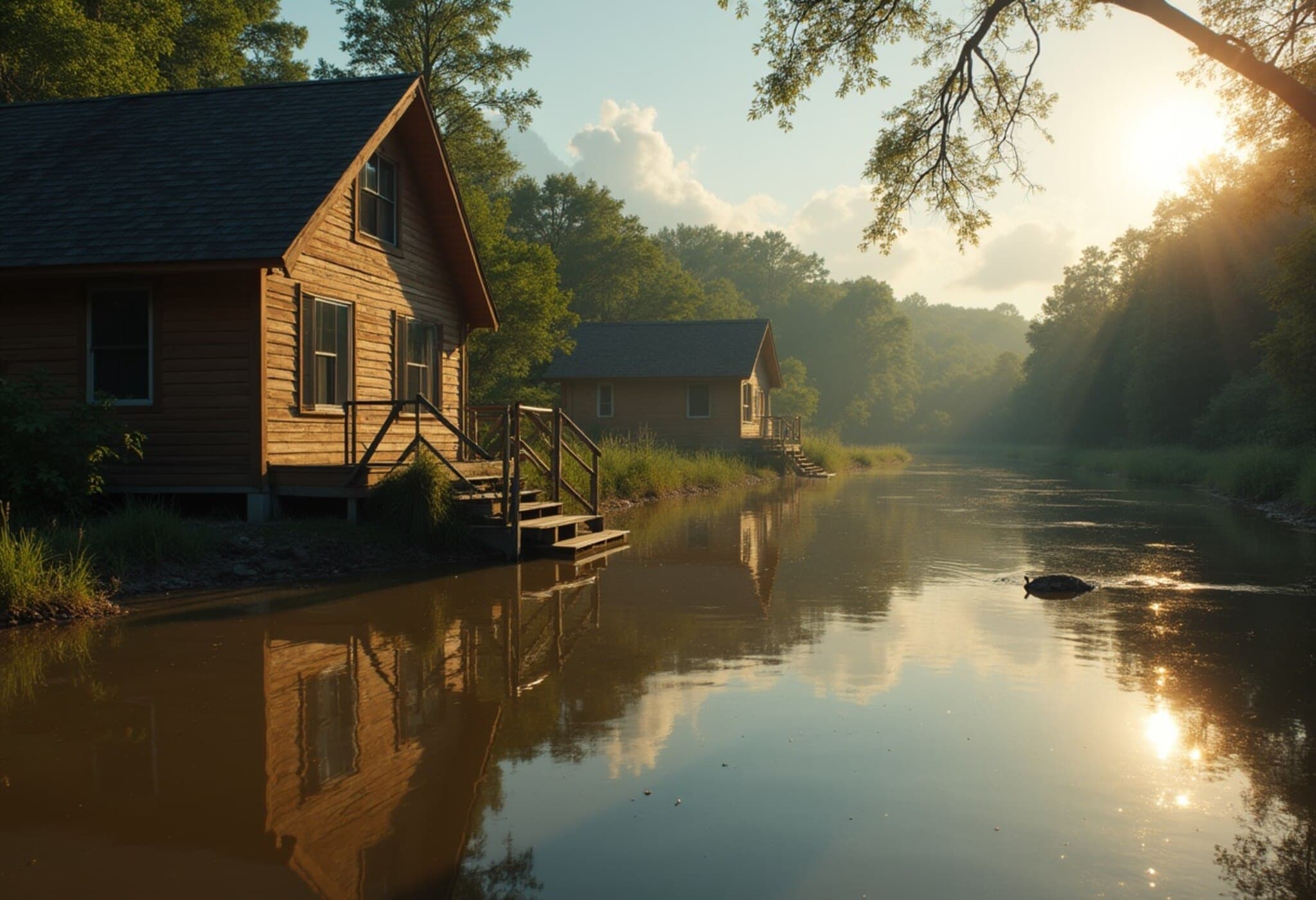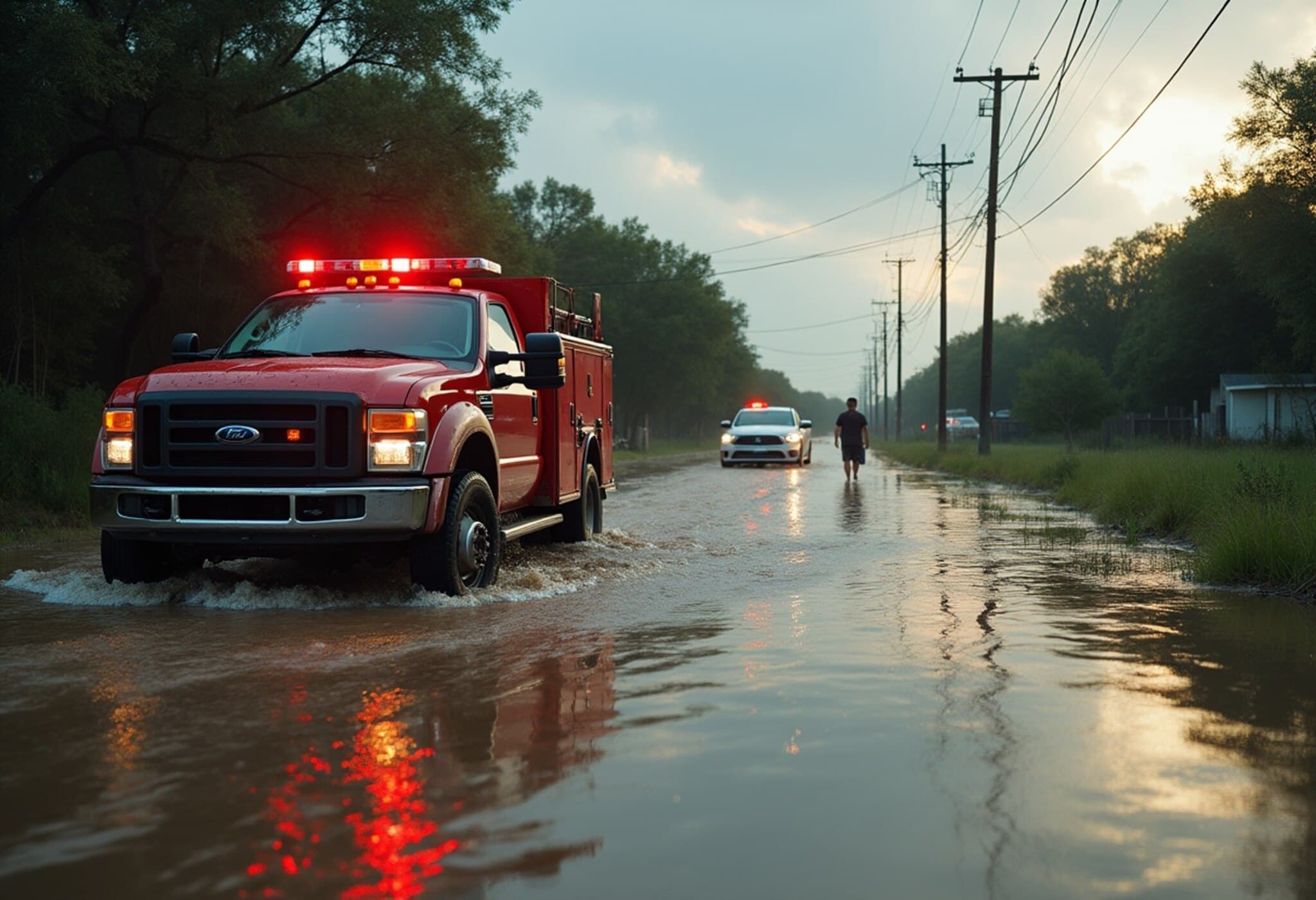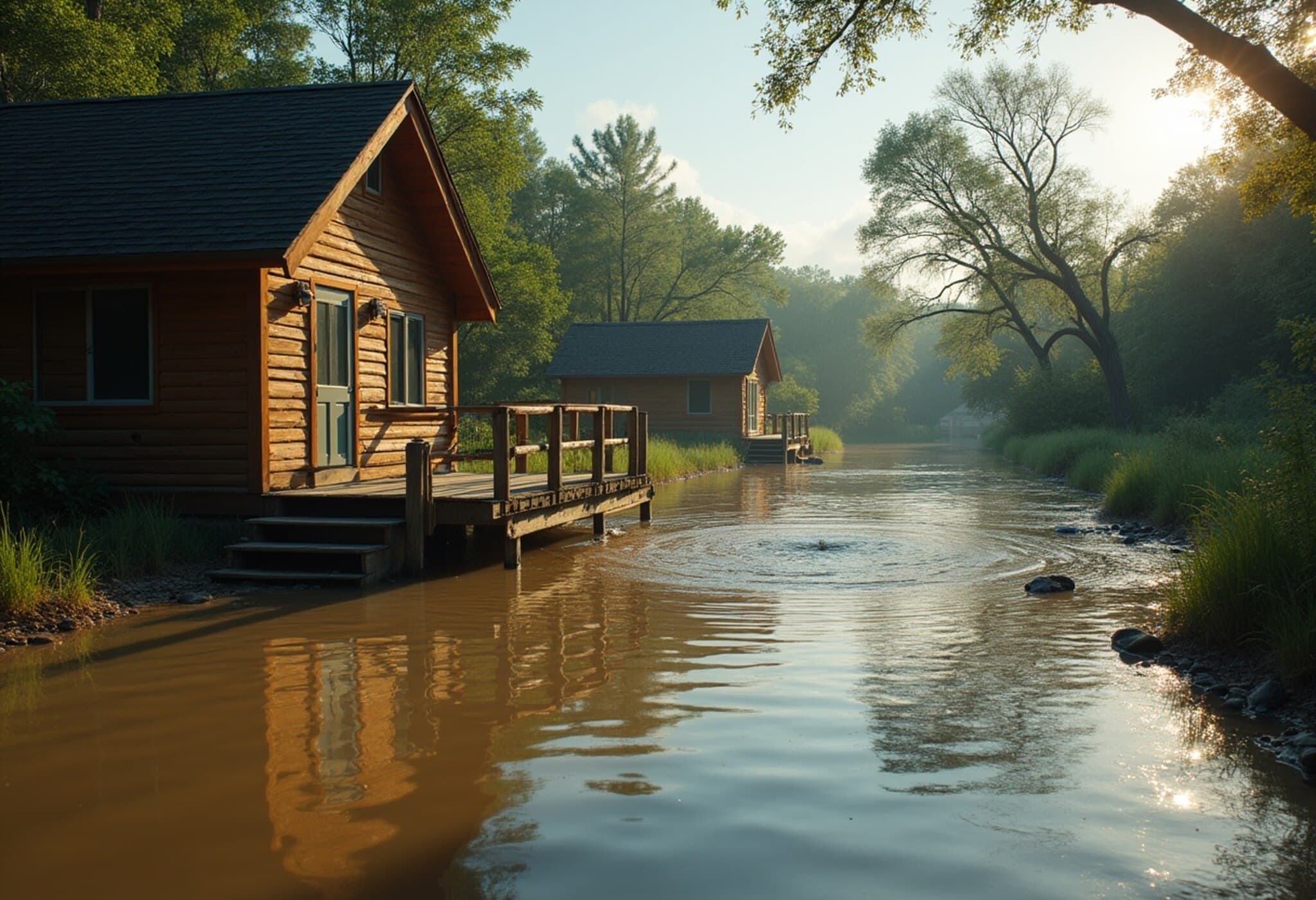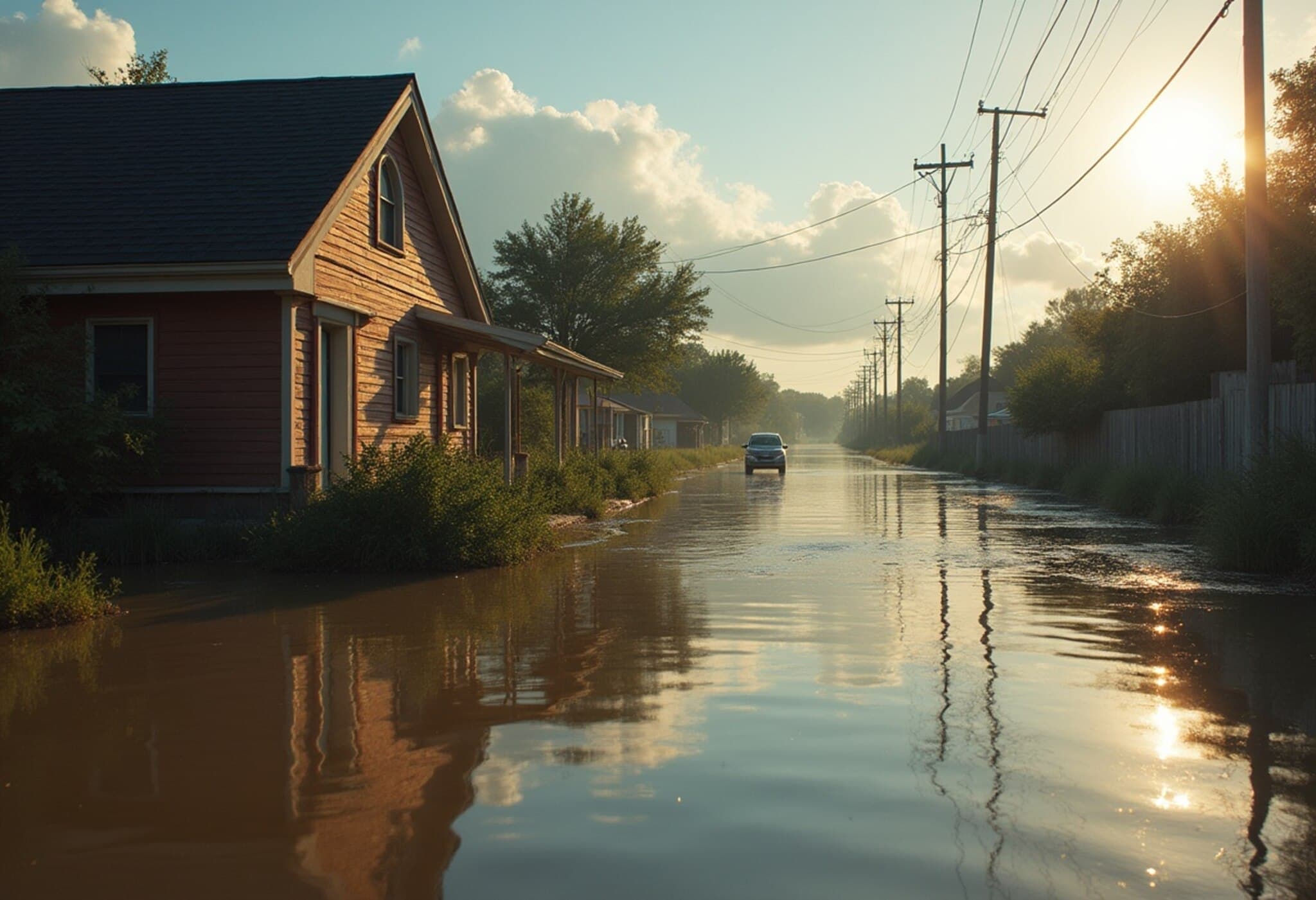Recollection from the Eye of the Storm: Texas Hill Country Floods
In the predawn hours of July 4, 2025, Texas Hill Country faced a catastrophic event that would forever alter the lives of thousands. For just 45 terrifying minutes, the Guadalupe River surged beyond its banks, unleashing deadly floodwaters that claimed over 100 lives and left the region grappling with immeasurable loss.
A Sudden Onslaught: The Flood’s Timeline
What began as a typical summer night rapidly evolved into a nightmare. Intense rainfall, triggered by a stalled storm system, overwhelmed local waterways. Residents describe a frighteningly rapid rise in water levels — within less than an hour, calm neighborhoods transformed into raging torrents.
- Timing: The floodwaters surged between approximately 1:00 AM and 1:45 AM.
- Impact: Entire communities along the Guadalupe River were submerged or isolated.
- Fatalities: More than 100 confirmed deaths.
Personal Stories of Survival and Loss
Texans affected by the flood recount harrowing escapes from rising water — some climbing to attics or rooftops, others caught in their vehicles or swept away. One survivor, Maria Vasquez, recalls, "The water came so fast and so high, I barely had time to grab my children and get to higher ground. It was pure terror."
Experts note that the disaster exposed not only the fury of nature but also vulnerabilities in emergency communication and infrastructure preparedness.
Understanding the Broader Context: Climate and Policy Implications
This tragedy underscores growing concerns among climatologists and policy makers about the increasing frequency of extreme weather events in the American South. Dr. James Aldridge, a climate policy expert based in Austin, remarks, "What happened in Hill Country is a stark reminder that climate adaptation strategies must be urgent and comprehensive to protect vulnerable communities." This includes revisiting floodplain zoning, early warning systems, and investment in resilient infrastructure.
Emergency Response and Community Resilience
The flood prompted a massive emergency response effort involving local authorities, the National Guard, and numerous nonprofits. Community volunteers played a crucial role in search-and-rescue operations, highlighting the spirit of solidarity amid tragedy.
- Emergency calls: Surged dramatically; some areas reported delays reaching 911.
- Rescue operations: Prioritized life-saving amidst dangerous conditions.
- Rebuilding efforts: Ongoing, with an emphasis on sustainable and flood-resistant designs.
Looking Ahead: Questions for Policy Makers and Citizens
This event demands a national conversation on preparedness and resilience confronting increasingly volatile weather patterns. Are state and federal agencies equipped to handle such rapid-onset disasters? How will climate change influence flood management and public safety in regions like Texas Hill Country?
Editor's Note
The 45 minutes of terror in Texas Hill Country serve as a poignant reminder of nature's unpredictable power and humanity’s persistent vulnerability. Beyond recounting tragedy, it’s a call to action: to bolster community awareness, enhance emergency responses, and implement forward-thinking policies that safeguard lives and livelihoods as climate risks intensify. Readers are encouraged to stay informed, support local resilience initiatives, and advocate for holistic climate preparedness.

